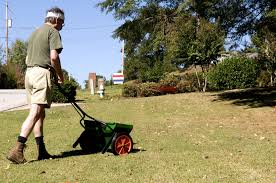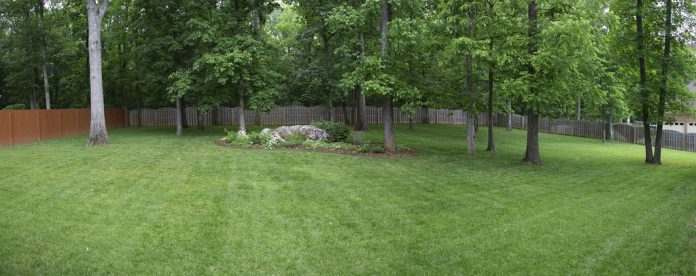The importance of leveling a yard
There are a few reasons why having a level yard is essential. One of the most important reasons is that it makes your property look more excellent. When you have a level yard, everything looks even and in place. Finally, a level yard is safer for your family and pets. Uneven terrain can be dangerous, especially if you have small children or pets that like to run around. By leveling your yard, you can help keep them safe.
A level yard can make your property look nice and give it a more finished appearance. If you are trying to sell your home, this can be important as buyers will see as much potential as possible. Also, a level yard is easier for lawn maintenance because there is no uneven terrain that can lead to patches of grass that are easier to cut or harder to cut. Finally, a level yard is safer for your family and pets by making it less likely that anyone will trip or fall on an uneven patch of grass.
Yard Leveling Tools
There are various tools and equipment that can help you level your yard. The first tool is a laser level. A laser level emits a laser onto the ground, which helps you get a true sense of how uneven your terrain truly is. While these are helpful, they are typically more expensive than other options for leveling your yard. One of the most popular yard leveling equipment pieces is plate compactors, which can help even out large soil areas. Other options include bolt tighteners and budget-friendly laser levels.
Steps to leveling a yard
Step 1:
When leveling your yard, the first thing you need to do is fix any significant drainage issues. This can prevent the pooling of water after it rains. If the area has poor drainage, it will be harder for anything you try to set on top of the ground to stay in place.
Step 2:
The next step is to remove any debris from the area you will be leveling. If there is a lot of debris on the ground, it could make it harder for your yard to level out and cause problems when your equipment hits an object like sticks or rocks underneath the surface. Once that’s done, you need to check for any underground utility lines. You don’t want to damage any lines while leveling your yard.
Step 3:
The next step is to use a level to identify any high or low spots in your yard. This will help you determine where to focus your efforts to level the ground. You can use a traditional level or a laser level if you have one.
Step 4:
Once you have identified the high and low spots, you need to remove the dirt from the high spots and move it to the low spots. You will want to ensure that you are consistent in how much dirt you are moving to make your yard as even as possible.
Step 5:
After you have the high and low spots leveled out, it’s time to pack down the dirt that was moved. There are several ways that this can be done. One method is to spread a thick layer of gravel across the entire area. On top of this, another thin layer of gravel will help smooth everything out and make sure there aren’t any bumps or loose rocks in your yard. If you don’t want to use gravel as your final yard leveling product, you could also use sand as an alternative solution.
Understanding why grass grows poorly in the shade will save you from problems later on if your lawn develops yellow or brown patches after planting grass seed or laying new sod. Before digging into the soil layers, it is essential to determine if the shade issue is from a lack of sunlight exposure or if the soil is too moist, compacted, or has an improper pH balance that prohibits grass growth.
Step 6:
The next step is to water and fertilize the area you just leveled. This will help the dirt settle in and ensure that your yard stays level.
Step 7:
The final step is to smooth out the surface of your yard. You can do this by using a rake or a lawn roller. This will help ensure that your yard stays looking nice and finished after all of your hard work.
Step 8:
If you have any large rocks or other objects, you will want to move them now. This can be done with a wheelbarrow or by hand. You don’t want any large rocks to be sticking up out of your yard, as they can be a tripping hazard.
Conclusion
Once you have followed these steps, your yard should be leveled and ready for whatever you want to put on it. Whether you are installing a patio, putting in a new garden, or want a nice, even yard to play in, these steps will help you get the job done.

FAQs
- Q. How do I level my yard?
The first thing you need to do is identify the difference between the high and low spots. This can be done by making a garden or placing wood planks along with parts of your yard. Next, you will dig up the dirt from the lower part of the lawn and place it on the higher parts. Finally, you will need to tamp down the soil and add some water.
- Q. How do I know how much dirt to move?
You will need to move enough soil to lower the high spots by 1 inch for every 10 feet of length.
- Q. What type of equipment do I need to level my yard?
You will need a shovel, wheelbarrow, and tamper to finish the job correctly.
- Q. How do I make a garden?
Garden stakes can outline an area you plan to make into a garden. Remove the grass from inside this box and replace it with soil. You can then plant whatever you like in this spot.






